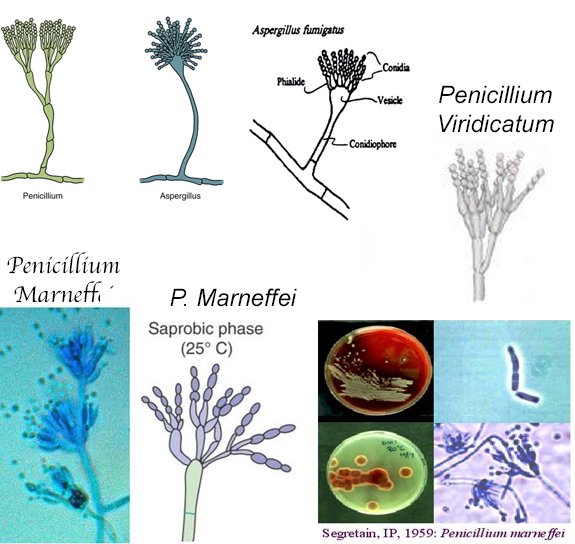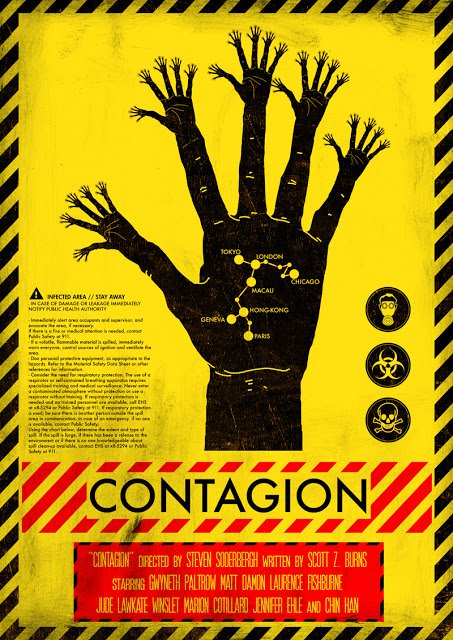NO CONTAGION SPREADS FASTER THAN FEAR; HOW TO MANUFACTURE AN EPIDEMIC
It seems that many hand written records from the Rockefeller Institute for Medical Research archives have been removed from the internet since the pig-bird flu hoax. The archive website is so cumbersome now, it's difficult to find and view anything that you might be looking for.
Mortality from the 1918 pandemic was not caused by a pig flu virus. It has been proven that over 90% of the deaths were cased by bacterial infection. To save time in writing this, I'll provide this essay on the Rockefeller Institute experiments on soldiers at Fort Riley, KS, but what's missing are the actual hand written records concerning the number of deaths during those experiments.
https://www.reddit.com/r/conspiracy/comments/btet8q/did_a_military_experimental_vaccine_in_1918_kill/
The Fort Riley Paper: https://www.ncbi.nlm.nih.gov/pmc/articles/PMC2126288/pdf/449.pdf
Another aspect that most scholars researching this topic usually miss or overlook is lethality of pathogen CO-INFECTION
When a relatively common and benign viral infection occurs concurrently with a bacterial or fungal infection, it's the secondary complications that can rise to a high degree of severity and mortality.
During WWI, antibiotics were not available for treatment of bacterial infections, and most of the fatalities attributed to the pig virus (claimed to have somehow suddenly infected humans) were actually caused by streptococcus
(pneumococcus), staphylococcus, and meningococcus. But wait, there is more to consider!
Tuberculosis during that time period was widespread. It's often a very slow disease, and many people were asymptomatic. What concerns me about the estimates for percentage of populations infected with tuberculosis during that time period is a fungus called Histoplasmosis Capsulatum. Histoplasmosis Capsulatum is a common soil fungus that gets released from soil disturbance and bird feces. That includes domestic chickens! Like Tuberculosis, it can infect any part of the body. When it infects the lungs, you might be hard pressed to distinguish it from 'tuberculosis on X-ray and the symptoms match every symptom of respiratory influenza. Histoplasmosis is not usually a threat to healthy people. Although it may be present in the eyes or lungs, there are usually no symptoms. Regardless of whether there is a co-infection involving tuberculosis or a fungus with other common respiratory pathogens, the increase in severity of symptoms and mortality can be dramatic.
Aspergillus fungus is much like histoplasmosis capsulatum and would certainly be associated with the agricultural industry. "Aspergillosis is caused by a fungus called aspergillus. ... Aspergilloma is a growth (fungus ball) that develops in an area of past lung disease or lung scarring such as tuberculosis or lung abscess. Invasive pulmonary aspergillosis is a serious infection with pneumonia. It can spread to other parts of the body." There are government sourced documents admitting that experiments involving the arial spraying of Aspergillus fungus over populated areas have been performed. But why?
The biggest threat concerning a co-infection with a fungus is that fungi pathogens are the most overlooked and ignored source of disease symptoms in the medical profession and industry. If you ever have a fungal infection in organ, lungs. or eyes, good luck getting it diagnosed! Culturing fungus takes a lengthy amount of time and must be done in a well contained lab. There are very few affective drugs for treating fungal infections, and those that are available either require prolonged and lengthy treatment of pose an unreasonable risk to permanent and/or fatal morbidity to the liver and kidneys.
Was the Rockefeller Institute without knowledge about fungal co-infections? I think not, which is where the discovery of polio paralysis coincides with the experiments and development of penicillin from various types of penicillium fungus. What was unknown at first, is that the mycotoxins from penicillium viridicatum induces neurological damage and paralysis. viridicatum is a peculiar subspecies name if you consider that the suffix viridae is used to form taxonomic names of families of viruses.
Let's look at an illustrations of aspergillus, penicillium viridicatum, and another penicillium subspecies called PENICILLIUM MARNEFFEI. Although there is a detectible difference between the appearance of penicillium and aspergillus, all fo the penicillium species pretty much look the same. aspergillus and asperger? hmm surely not!
![penicillium aspergillus.jpg]
( )
)
What sick and twisted deep state directed Hollywood fantasy was portrayed in this poster for the movie Contagion. Do you see what I see? And my bet would be that it is a depiction of Penicillium Marneffei.
Talaromyces marneffei, formerly called Penicillium marneffei, discovered in 1956, is now regarded as one of the world's ten most feared fungi." Although infection is typically associated with an already weakened immune system particularly in association with HIV in Asia, remember that CO-INFECTION with pathogens such as influenza viruses also provides a weakened and overtaxed immune system that is primed for an opportunistic infection.
Clinical presentation: Patients commonly present with symptoms and signs of infection of the reticuloendothelial system, including generalized lymphadenopathy, hepatomegaly, and splenomegaly. The respiratory system is commonly involved as well; cough, fever, dyspnea, and chest pain may be present, reflecting the probable inhalational route of acquisition. Approximately one-third of patients may also exhibit gastrointestinal symptoms, such as diarrhea
